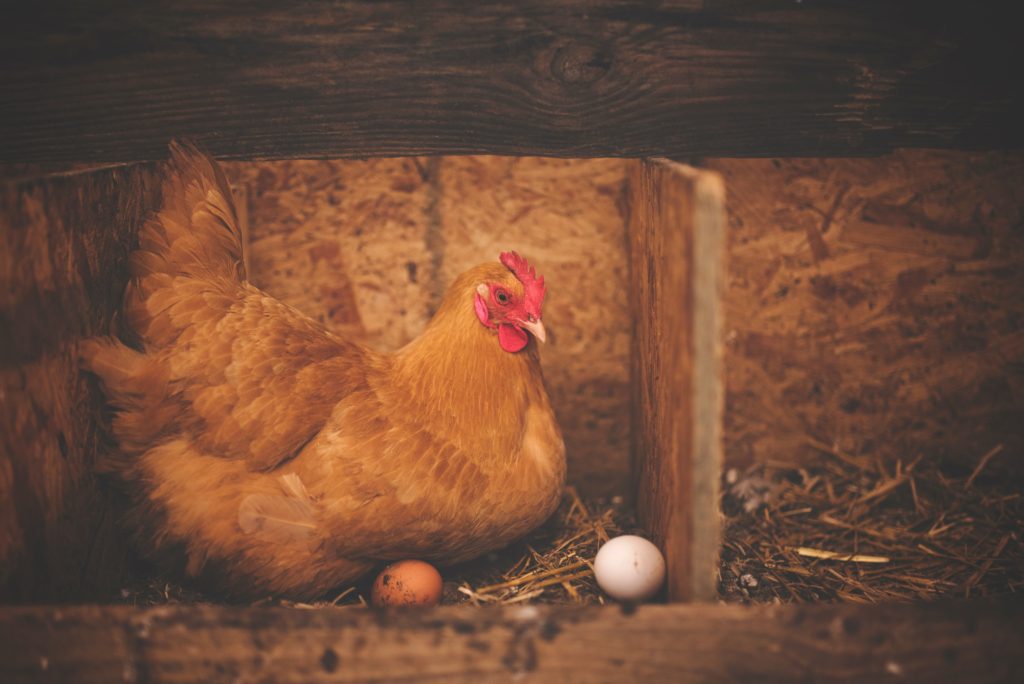Canada-U.S. trade tensions; what is supply management anyway?

Poultry and eggs, along with dairy, are supply-managed industries in Canada. Photo from pexels.com, free for public and private use.
Tariffs and tension
Trade tensions continue between Canada and the U.S. On July 1, a series of tariffs on American goods being imported into Canada were imposed by the federal government. That was in response to earlier tariffs imposed by the U.S. on Canadian steel and aluminum. Meanwhile, President Donald Trump has said further talks on keeping the North American Free Trade Agreement (NAFTA) alive are on hold until after the congressional elections in November. Trump has also been critical of the supply management systems that are used to regulate production and prices in certain sectors of Canadian agriculture and food production.
How it works
Supply management is the term used to describe how the dairy, poultry, and egg industries in Canada function. What it basically means is that producers (farmers), buy a certain amount of production quota from a centralized agency that operates at arms-length from government. Think of the dairy, poultry, or egg markets as a big company and the quota shares farmers buy as stocks in that company. The amount of milk, eggs, or chickens and turkey a farmer can send to market depends on how much of production quota they have purchased. The agencies that regulate the system also adjust the price of the quota farmers purchase based on demand and other market forces. Whatever products a farm produces are marketed by the agency that regulates the system and it pays the farmers. The nature of the system means that dairy, egg, and poultry products usually cost more in Canada, but there is a consistency in the price, and the farmers are fairly compensated for the cost and effort of production.
In the U.S., there is no supply management. If there is a shortage of certain farm-raised products in the market, prices go higher. If there is an oversupply, prices go down. Those changes affect everyone from the farmer to grocery shoppers. I occasionally shop for groceries in the North Country and have seen eggs for as low as 46 cents per dozen, and milk for just $1.15 for half a gallon in the past year. American friends have told me “you’re paying too much” when I told them that a good sale price for a breast of chicken in Canada is $3.99/lb. To balance the economic challenges farmers often face due to market conditions, the U.S. government often provides direct subsidies to certain sectors of agriculture.
Restrictions on market access
It isn’t supply management itself that gets its opponents angry, it’s how it is protected within international agreements like NAFTA. Right now, egg farmers in Canada have access to 95% of the domestic market, according to Marcel Laviolette, an egg farmer in eastern Ontario who supplies grocery stores in the region. The other 5% comes from imported American eggs. I personally know Canadian truck drivers who have had to make runs to the U.S. to bring back eggs for Canadian wholesalers to send to the retail market or restaurants. Occasionally, egg cartons in Canadian stores have the shield-shaped U.S. Department of Agriculture (USDA) grading symbol printed on them instead of the maple-leaf shaped Canadian symbol.
Similar protections exist in the dairy industry. All liquid milk in Canada is produced in Canada, but skim milk ingredients for certain products can be imported from the U.S. Bart Rijke is an eastern Ontario dairy farmer and member of the Dairy Farmers of Ontario board. It’s the agency that regulates dairy production in the province. He said Canadian skim milk ingredient producers are being paid the same amount as American ones in order to prioritize support for the Canadian product. It’s protections like that that get people like Donald Trump and other skeptics of supply management angry.
There are advantages and disadvantages to both systems. They all have different effects on producers and consumers alike. To some people it’s free trade, to other’s it’s fair—or unfair trade, depending on how they are affected by it. Economics and capitalism are not perfect, but there are worse options. The contrasts between supply management in Canada and the less-regulated system in the U.S. also show there are different ways of doing capitalism.







